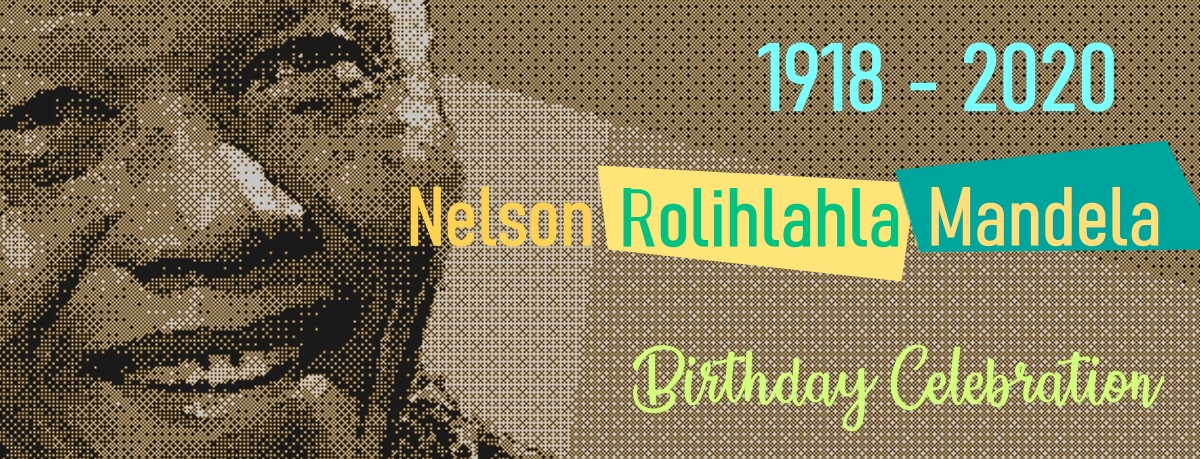2002 Gold R 2 Quarter oz Robben Island Coin and Medallion Heritage Set
 REF: 20200714 If you are not able to view this promo here - kindly view on this link: https://www.randcoin.co.za/en/mandela/2002-gold-r-2-quarter-oz-robben-island-coin-and-medallion-heritage-set NB: KEEP WATCHING THIS SPACE FOR AWESOME OFFERS Dear Collectors TAKE ADVANTAGE OF OUR FAIR PRICES 2002 ROBBEN ISLAND GOLD 24 ct R 2 PROOF 1/4 oz AND A GOLD 24 ct FREEDOM MEDALLION BENEFIT FROM OUR LIMITED OFFER - OWN IT NOW GREAT OFFERS AT BETTER PRICES WE BELIEVE THESE SELLING PRICES TO BE FAIR ----------------------------------------------------------------------------------- R 2 COIN: Metal Content: Gold Weight: 7.77 grams Diameter: 22 mm Mintage: 299 Worldwide only ----------------------------------------------------------------------------- Robben Island Unesco declared Robben Island in the Western Cape a World Heritage Site in 1999. Robben Island is located in Table Bay, some 6km west of Bloubergstrand, and stands some 30m above sea level. Robben Island has been used as prison and a place where people were isolated, banished and exiled to for nearly 400 years. It was also used as a post office, a grazing ground, a mental hospital and an outpost.Initially the island was inhabited by a variety of wild life, including birds, penguins, seals and tortoises. Its name "robben" is derived from the Dutch, meaning a seal. It also had a plentiful supply of fresh water available from a number of springs. Bartolomeu Dias, the Portuguese explorer, 'discovered' the island in 1488 when he anchored his ship in Table Bay. Before 1652, In place of dealings with the indigenous residents on the mainland, most visiting ships to Table Bay preferred to land on Robben Island to replenish their supplies of fresh water and meat. As a result it also became a major point for the exchange of mail, where letters from an outgoing ship would be left underneath an inscribed stone for collection and delivery by a home-going vessel. This continued after Jan van Riebeeck arrived at the Cape in 1652, as he had to settle a station where ships that were travelling from Europe to the East Indies, he did not want to stop on the mainland, could get fresh food and water. There were plenty of seals, tortoises and penguins for hunting. The Dutch also began to use the island as a grazing station for sheep and cattle. TO RESERVE
|





